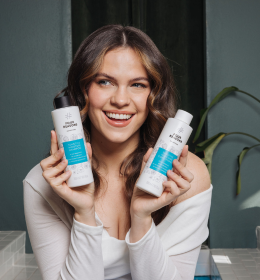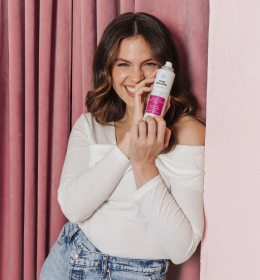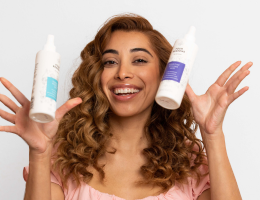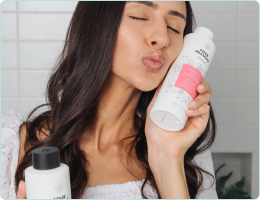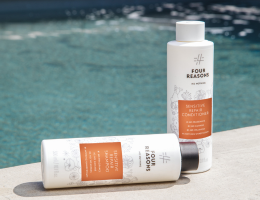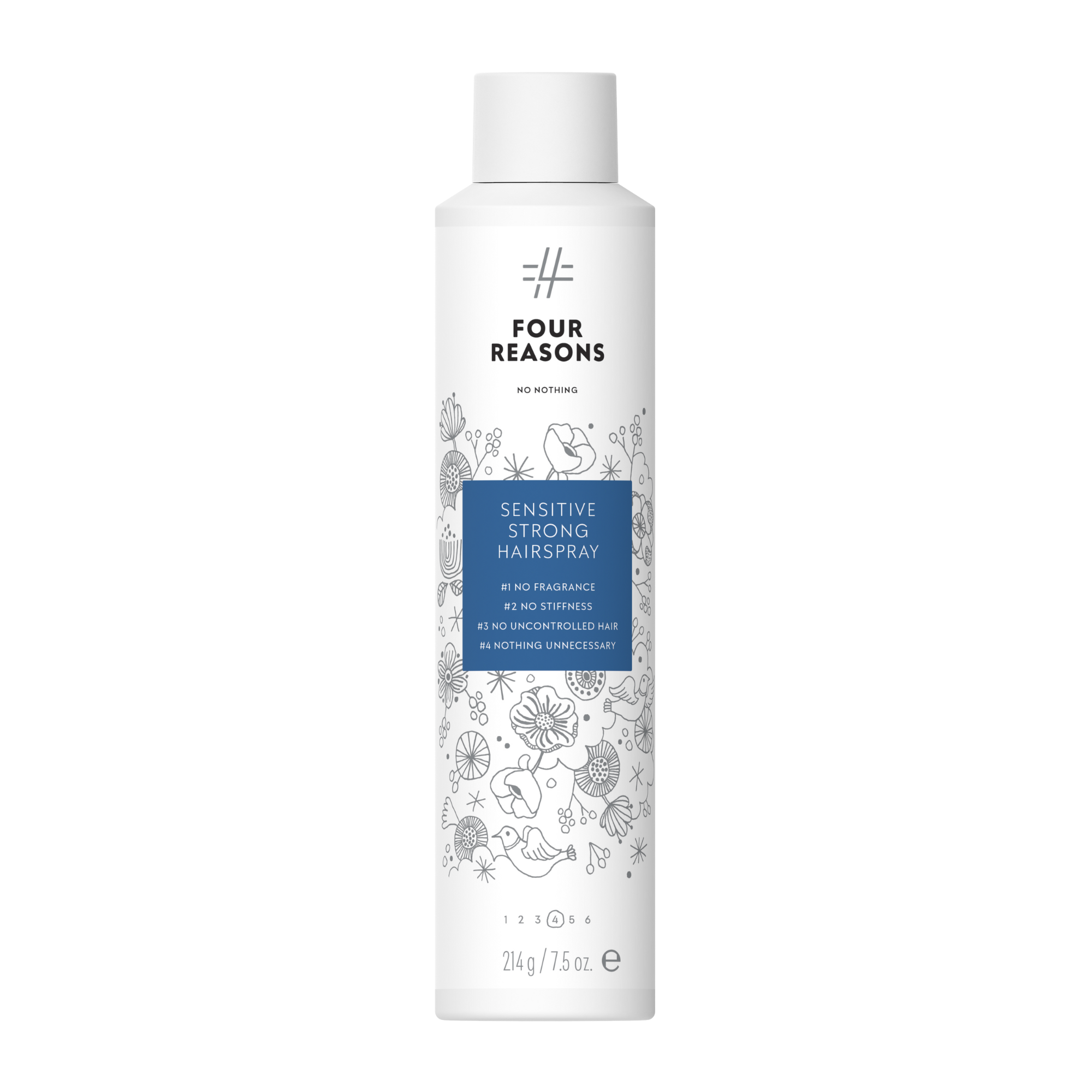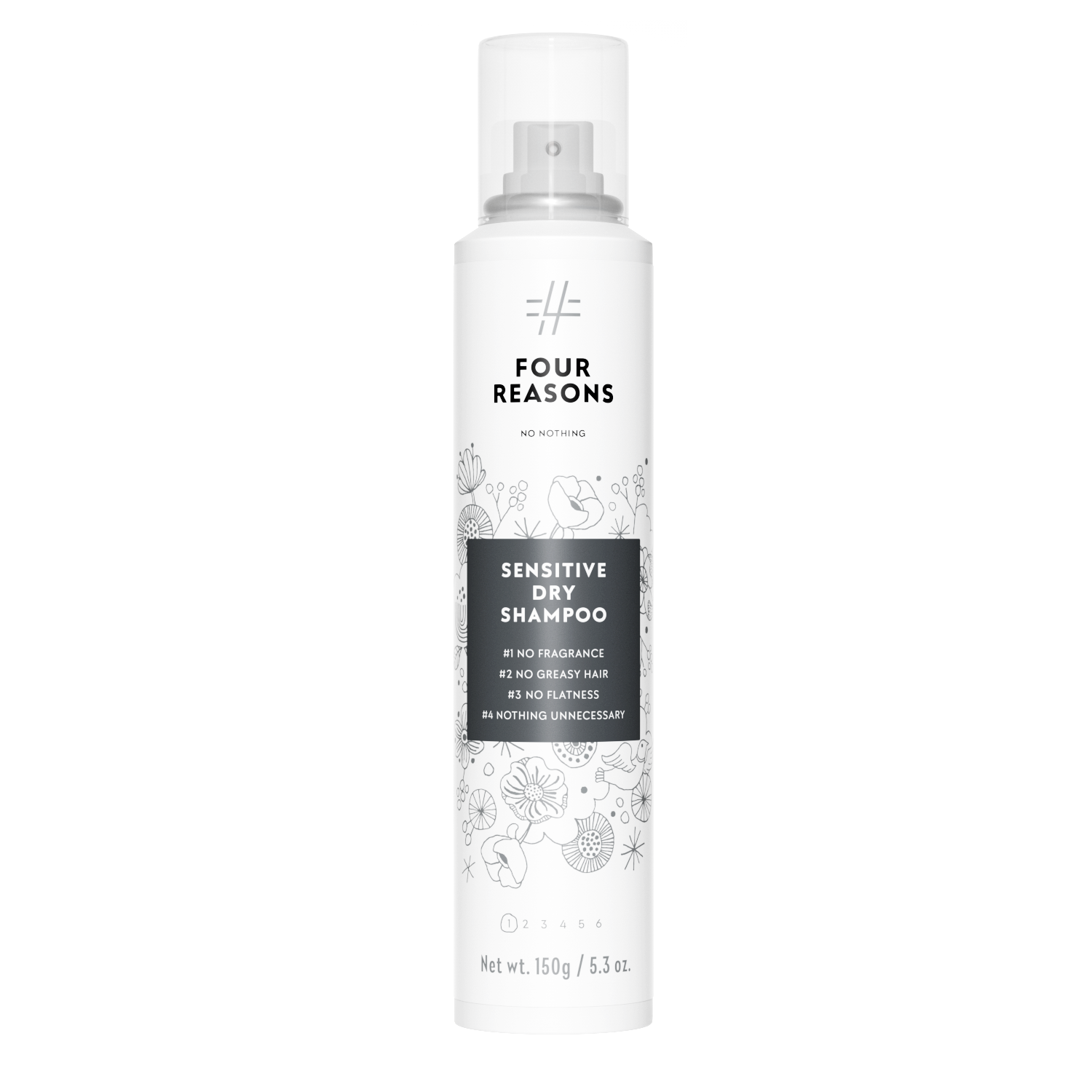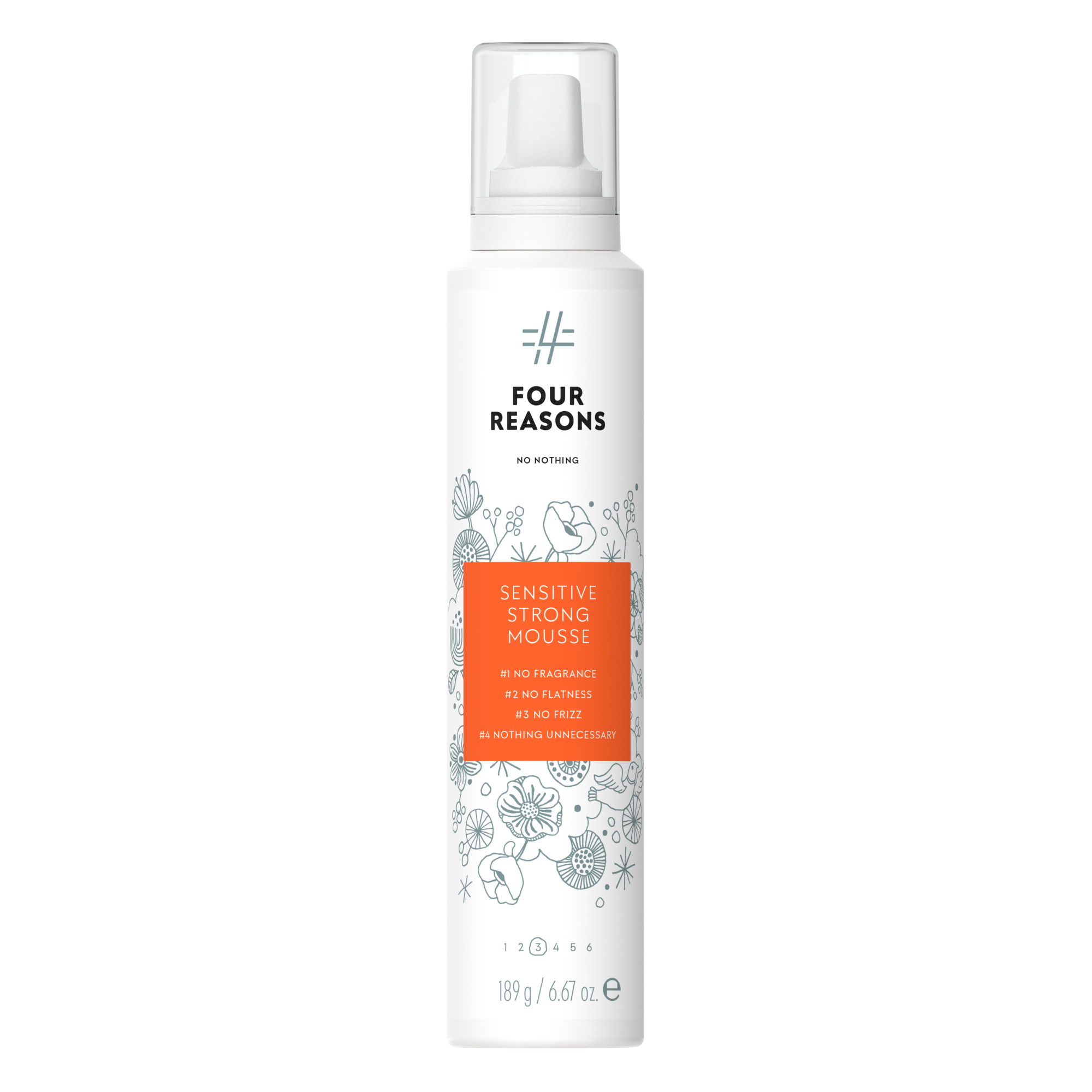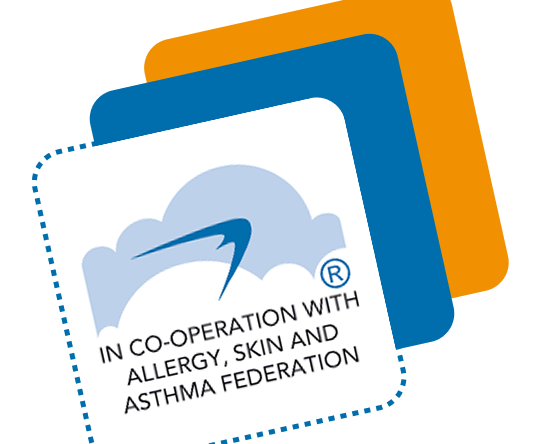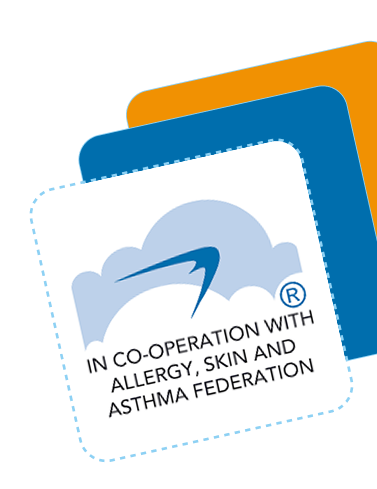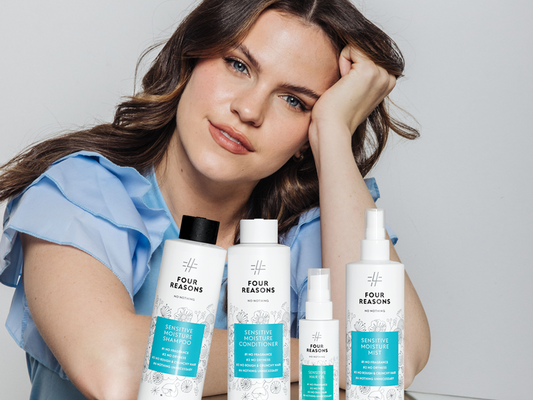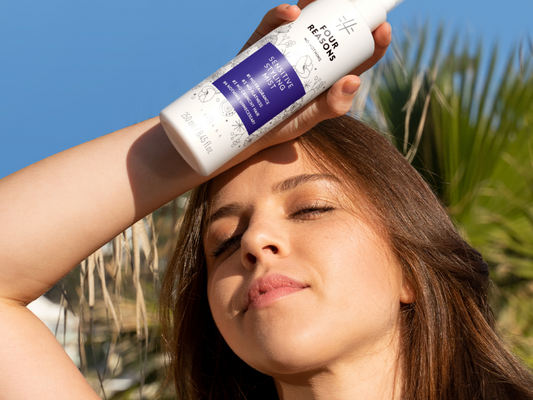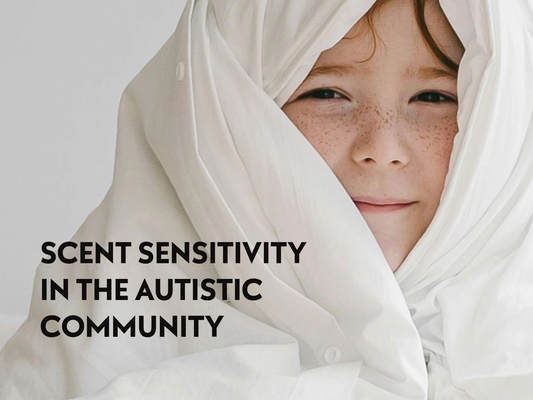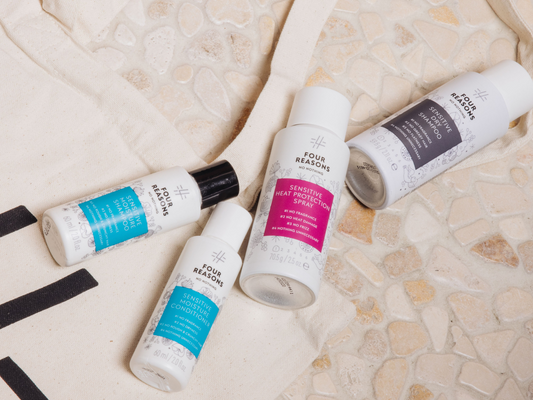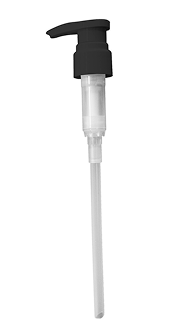Phthalates are chemical compounds widely used as plasticizers to increase the flexibility, durability, and transparency of plastics, particularly polyvinyl chloride (PVC). While these compounds play a crucial role in modern manufacturing, concerns about their potential health effects have led to increasing scrutiny and regulatory restrictions, especially in the European Union.
Where Are Phthalates Found?
Phthalates are pervasive and found in numerous everyday products, including:
Plastics: Commonly used in plastic packaging, containers, plastic wrap, and household goods.
Textiles & Synthetic Materials: Used in synthetic leather, raincoats, and printed designs on fabrics.
Personal Care Products: Found in shampoos, lotions, nail polish, deodorants, and fragrances.
Household & Cleaning Products: Present in detergents, floor cleaners, and air fresheners.
Children’s Toys & Medical Equipment: Utilized to make toys, inflatable products, and flexible tubing in medical devices.
Why Are Phthalates a Concern?
Despite their widespread use, phthalates are known to be endocrine disruptors, meaning they can interfere with hormonal balance. Research has linked prolonged exposure to various health risks, including:
Reproductive Health Issues: Studies suggest links to reduced sperm quality, lower testosterone levels, and developmental defects.
Metabolic Disorders: Evidence indicates connections to insulin resistance, obesity, and metabolic syndrome.
Neurological & Developmental Concerns: Potential risks for neurodevelopmental disorders in children and links to conditions such as asthma and allergies.
Phthalates are lipophilic, meaning they dissolve in fats and can accumulate in human tissues over time. Since they can leach from plastics and personal care products, exposure occurs through ingestion, inhalation, and skin absorption.
How to Reduce Exposure to Phthalates
Minimizing exposure to phthalates is possible with mindful choices in daily life:
Be Selective with Personal Care Products: Look for phthalate-free alternatives and check ingredient labels.
Avoid Synthetic Fragrances: Many fragrances contain hidden phthalates, so choose unscented or naturally scented options.
Prioritize Organic Foods: Eating organic reduces exposure to pesticide-related phthalates.
All Four Reasons No Nothing® Products: A Safer Choice
All Four Reasons No Nothing® products are designed to contain nothing unnecessary and do not include any harsh chemicals such as phthalates. By choosing these carefully formulated products, consumers can reduce their exposure to harmful substances and support a cleaner, safer lifestyle.
Final Thoughts
Phthalates may be difficult to avoid entirely, but making informed choices can significantly reduce exposure. By being aware of where these chemicals lurk and choosing safer alternatives, individuals can take steps toward a healthier lifestyle while advocating for stricter regulations and transparency in product labeling.



